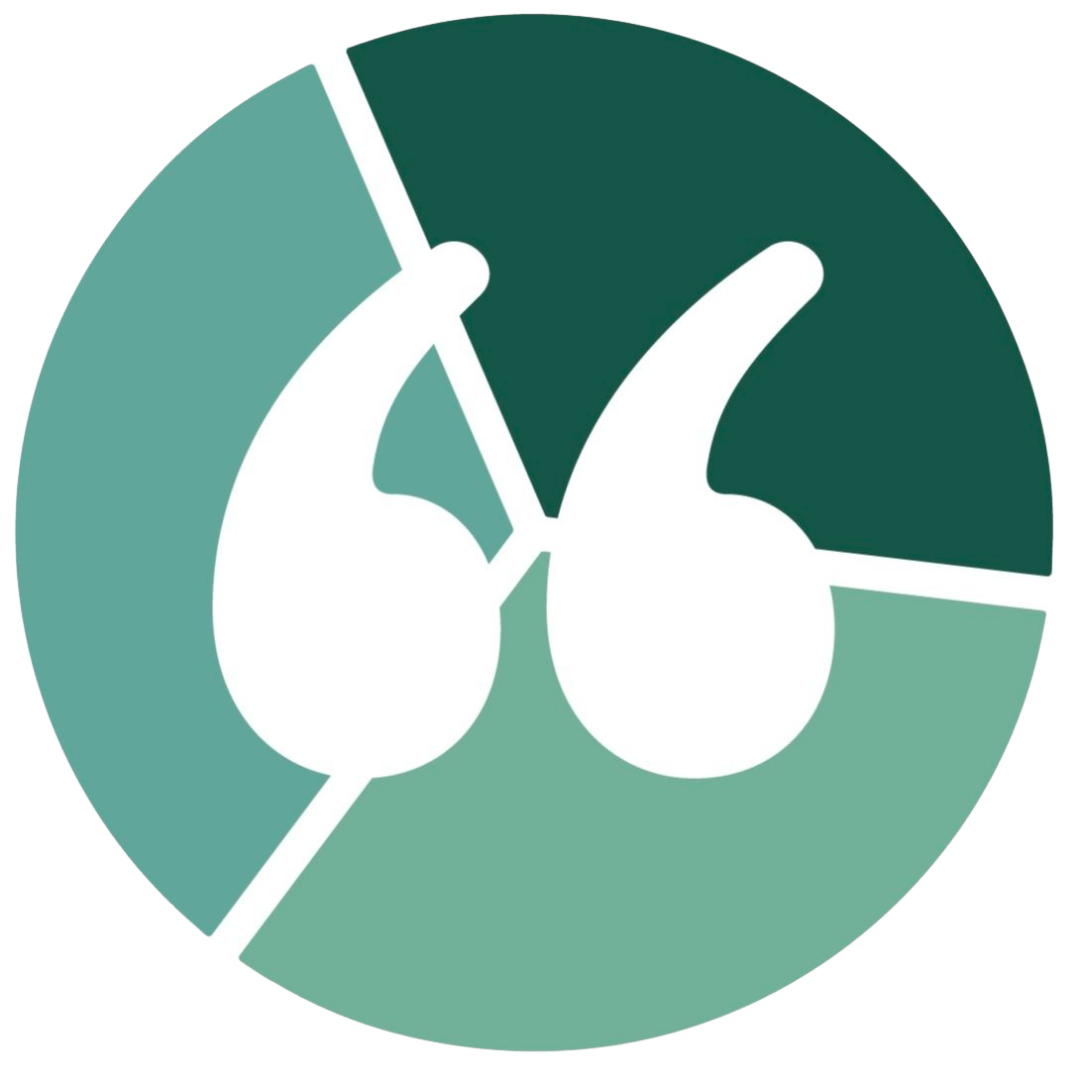Why You Need a Marketing Strategy, and How to Get Started.
People can't find you if they don't know you exist.
If people:
Don't know you're out there
Don't know what it is that you really do
Don't know if they can trust you
Don't know what types of customers you serve
They won't engage with you. It really is that simple, but it's hard to get right. Marketing builds awareness and establishes an initial connection. We know that first impressions are important, think about a good and bad first impression and how it impacted you. This is what it looks like when you put out marketing materials.
In our busy, chaotic world, it's easy to get into a pattern of throwing content out there with no strategy. It's easy (we think), at least we're doing something (we tell ourselves), and we've checked off the box for the day. But did it really actually resonate with anyone?
A marketing strategy is a map that you can use to operate with intention and clarity. It will help you create the awareness you need to move prospects to the consideration stage.
Here are a few things to consider as you develop out your strategy:
Start with people. Pull in data, conduct customer interviews, and take some time to sit down and write out your customer "buckets". Why are people coming to you, what phase of life are they in, and what outcome are they looking for? Understanding who your serving is critical to an effective marketing strategy. It's not who you might have in your mind that you're serving, or who you ideally want to serve, it's who you're actually serving that you need to discover. User personas can help you do this, and we've linked a guide here that can help you get started.
Think about where they go everyday. Once you have a handle on who you're actually serving, you can think about their daily patterns. Why is this important? It helps you connect with them on a deeper level. If you step into their shoes, and walk a day in their lives, what would you find? By going through this mental exercise, you'll be able to potentially identify any pain points that your product or service may solve.
You'll also be able to think about how you might meet them where they go everyday. It may be that you discover they spend a good amount of time on Facebook, so a targeted ad may be best. You may discover they frequent a local gym, so a partnership strategy with that gym may be considered. Walking through this process provides opportunity to target your ideal customer effectively. The ecosystem map is a great tool to help you, and we've linked it here to get you started!
Write Content that Resonates. Now that you've considered your user personas, you better understand your customer's core desires. Use those core desires to develop content! Relate to their phase of life, describe what they might be feeling (focus on pain points), and highlight how your product or service solves the problem. Paint the picture of the outcome you provide. Referring to user personas as a map allows you to rotate through those personas and identify key campaign themes. This provides the foundation for sharing thoughtful, strategic content on a regular basis.
These three steps will help you clearly identify who you serve, create effective channels for promotion, and a plan to produce content on these channels that actually resonates with them. You don't want to target everyone—you want to target people who actually will be interested in the product or service you offer. A strategic marketing plan helps you nail down a plan to drive awareness and interest.
If you're ready to get started, take our Marketing Engine eCourse! It will walk you through the entire roadmap and provide the templates you need to walk away with a plan of action.

